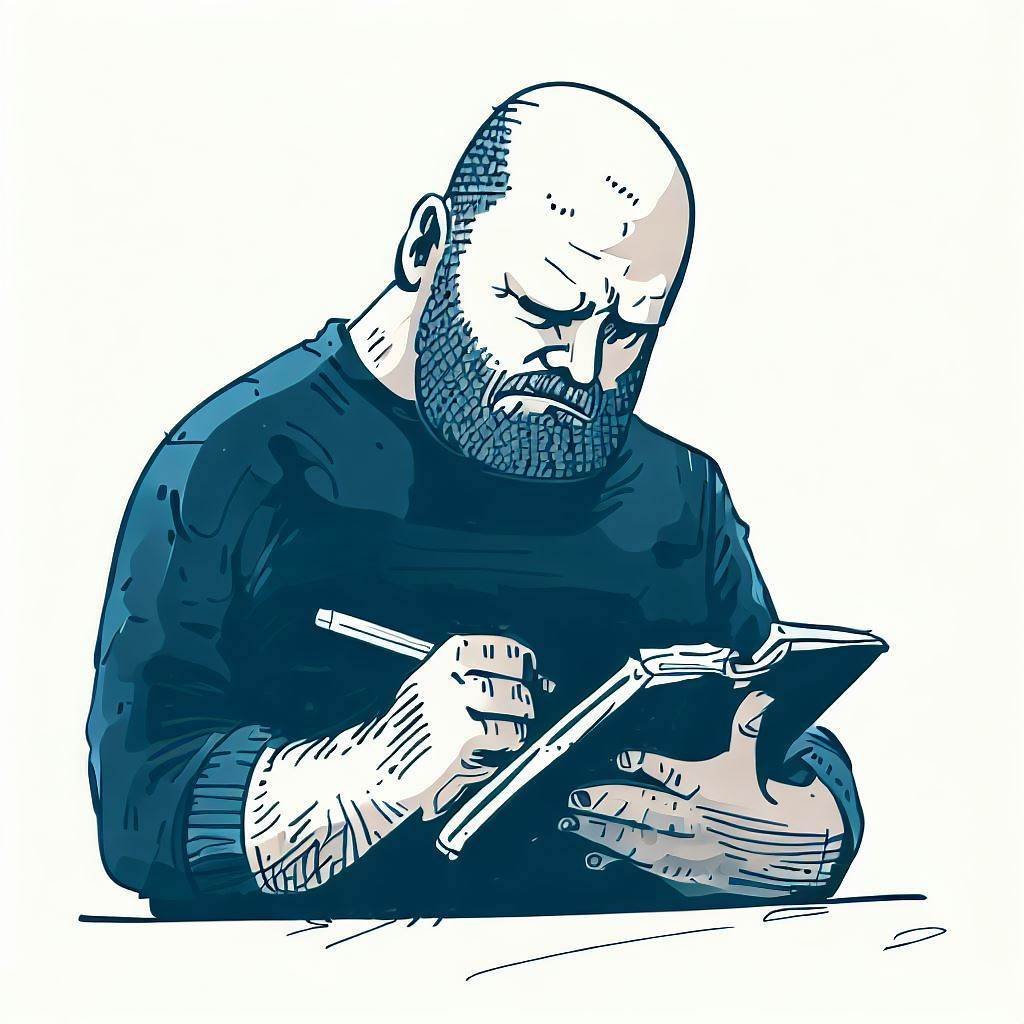Applying the founder’s journey to innovation projects.
Client.
In 2021, I was introduced to a company called Travis Perkins via Serco’s Experience Labs. Travis Perkins is the leading merchant retailer in the UK and had recently received a £350M investment in their heating and plumbing brands. They wanted to know how to transition their business to become leaders in renewable heating and plumbing supplies. I joined to lead a team of user researchers to provide the answer within 90 days.
Challenge.
Everything requires some level of creativity but people easily conflate creativity with art. In companies this can lead many to view designers as artists and creative work as images which is not correct. Designers aren’t artists and there’s different types of creative people. At Travis Perkins their challenge was to discover the problem they were best fit to solve within the renewable energy space. This is a project that involves each area of their business - it takes a type of creativity to bring these together to a single purpose. We determined this was a project for a founder - someone with a knack for finding the problem space and pushing towards tangible outcomes.
Issue.
Sometimes designers are not the people client’s think they are. Clients might lack the ability or freedom to work entrepreneurially - but so do designers. For innovation projects designers are more effective in a supporting role, but who could lead us? The first problem to solve was finding a leader. We introduced the idea of a “startup experience” within the organisation. This would allow leaders at Travis Perkins the space to create.
This was the first problem to solve.
Reframing.
A holistic discussion with a client is a way to speak their language and discuss intent - it’s often under utilised, but for us that early discussion made their expectations and our course of action clear. Travis Perkins and their investors viewed the global transition towards renewable energy as an opportunity. They needed help to imagine their business in that future state. They believed that was a job for UX designers - it was for a founder.
The founder archetype.
To deliver the client intent, it would be my role to define the founder’s journey. A reliable place to start planning a journey is a discussion around the persona/archetype or jobs to be done. We determined that our founder had a specific knowledge of heating products that would be instrumental in evaluating opportunities for innovation.
We used these characteristics to select a member of the Travis Perkins team to take a leading role as our founder. When designing for users, their jobs-to-be-done help to articulate what they will be doing and why. Onboarding our founder involved some discussions to understand her needs to develop a bespoke design process.
The founder’s journey.
Design processes are dependent on specific goals that come with inherent constraints. We didn’t have a specific goal so the founder’s journey provided a path to discover this. The founder’s journey would run in parallel to the design process - steering it towards that perfect mix of desirability and viability as a potential solution to market.
The founder’s journey could also be the sponsor/product owner/client’s journey too. In fact, we observed how creating a journey for the client helps to provide a holistic reference point to changes in business appetite, intent, and ambition. The founder’s journey also provides clarity for the client on their role and accountability during the more abstract phases of design. In the end our client was engaged throughout the process and that’s why we delivered a successful pitch - fully embedding the insights from our client and sources.
Wider applications and improvements.
🚀 The founder’s journey is an excellent holistic design tool that keeps the door open between the client and the design team.
⚙️ I’ve since used this tool again, but each application should be customised to the client and their needs.
🙌 Let me know if you’ve been doing something similar or have any questions.
You can do it.
If you are interested in applying the founder’s journey to your project, I can help.




